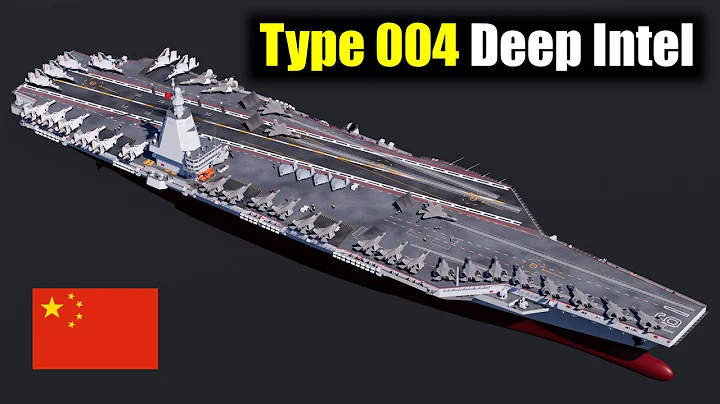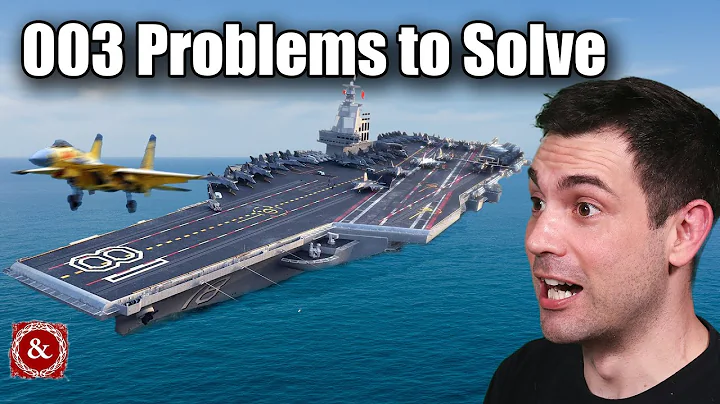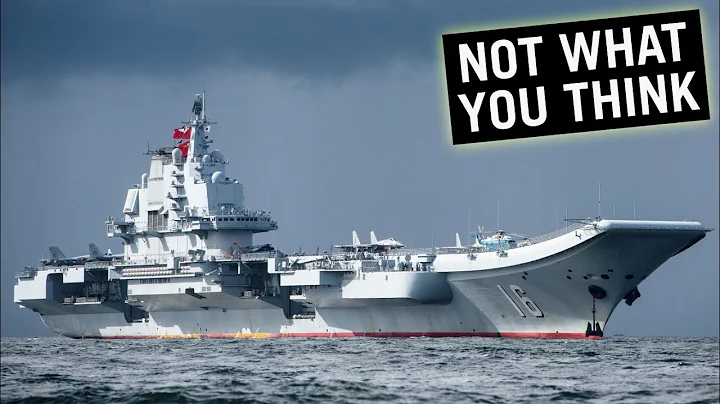Since the light gray radome "white-headed" J-11B debuted in November last year, people have speculated that this aircraft may have been upgraded with active phased array radar because of its radome color and the latest low-vision paint. The J-16 is exactly the same, and the overall performance of the "white-headed" J-11B is likely to be equivalent to the J-16 single-seater.

But the latest photos of the "white-headed" J-11B that appeared on the Internet recently show that the aircraft is probably just a radome with a different color, because apart from the color of the nose, the aircraft is no different from the old "black-headed" J-11B. With the same nose airspeed tube and wingtip stepped air-to-air missile pylon, there is no sign of major upgrades.

So the problem is coming, the J-11B is okay, why change the nose of the aircraft from "black head" to "white head"?
may be related to the Air Force Aircraft Coating and Marking Regulations (Trial) issued by the Chinese Air Force. This latest version of the coating regulations lists "low visibility" as one of the principles of fighter coating design for the first time, so we can see that the F-10B/C, F-16, F-20, Y-20 and other models have been changed. The use of low-visibility painting that can shorten the distance of visual recognition fully demonstrates the truth that "painting is also combat effectiveness".

For older fighters such as the J-11B, J-8II, and J-7, although there is no requirement to re-spray the low-visualization paint, it has also made low-visualization improvements based on the original paint. The most obvious one is The large-size tactical numbers on both sides of the front fuselage have been cancelled and replaced with small-size fonts marked on the side of the vertical tail. In addition, the "black head" of the J-11B has changed to "white head".

Modern air combat practice has long proved that in line-of-sight combat, the black in the fighter's paint will become the most eye-catching part, because it will form the greatest contrast with the sky and ground background under any lighting conditions and angles. A typical example of this is the F-16 fighter. The first batch of production Block 1 used a black radome in accordance with the tradition of the second-generation aircraft, but it was found in air combat training and it could be found visually at a long distance. Because the black radome made the aircraft look like small black dots on white paper, the subsequent batches of F-16 switched to gray radomes.

However, changing the color of the radome is not simple. The color of the radome is determined by the outermost antistatic coating. This coating is required to have good wave permeability and conduct the static electricity accumulated in flight. Release to the fuselage. The radome used by my country's J-10A, J-11B, J-8II, Flying Leopard and other fighters is black because it uses a mature graphite conductive antistatic coating, which has both antistatic and wave-transmitting properties. At that time, the gray domestic antistatic coating may not be mature, which will affect the transmission of fighter radar.
With the development of technology, my country finally overcomes the difficulty of the gray antistatic coating of the radome, and first applied it on the "Fierce Dragon" fighter, and then on the J-10B/C, J-16, and J-20 on a large scale. It was promoted and finally applied to the low-visualization improvement of the J-11B painting.
Therefore, the J-11B "black head" changed to "white head" represents another low-vision improvement in the painting of our Air Force fighter planes, which has nothing to do with the upgrade of the radar.











